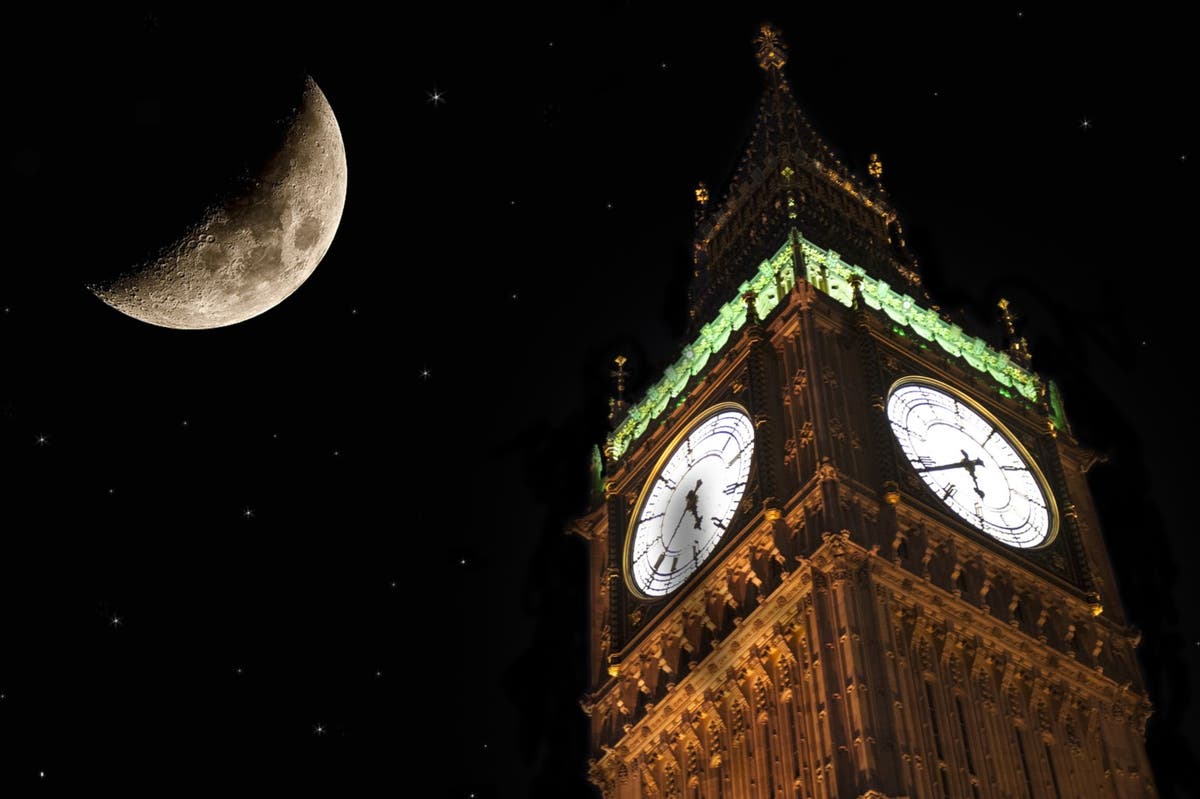Coordinated Lunar Time (LTC) needed due to differing gravitational forces
Nasa is working to create a new standard of time for the Moon that will see clocks move faster than on Earth, according to a White House memo.
The US Office of Science and Technology Policy (OSTP) directed the US space agency to set up a moon-centric time reference system that accounts for its differing gravitational forces.
In a memo on Tuesday, OSTP chief Arati Prabhakar noted that Earth-based clocks would appear to lose 58.7 microseconds per Earth-day as a result of these factors.
Nasa has until 2026 to set up a unified time standard, which Ms Prabhakar referred to as Coordinated Lunar Time (LTC). It will then be used by astronauts, spacecraft and satellites that require highly accurate timekeeping.



Atomic clocks don’t use atomic decay. They used the frequency of the light emitted by a very specific energy change, within an atom, under very controlled conditions.
The frequency of light will look the same on the moon. However, an observer on earth would see a very slightly different frequency from the moon clock.